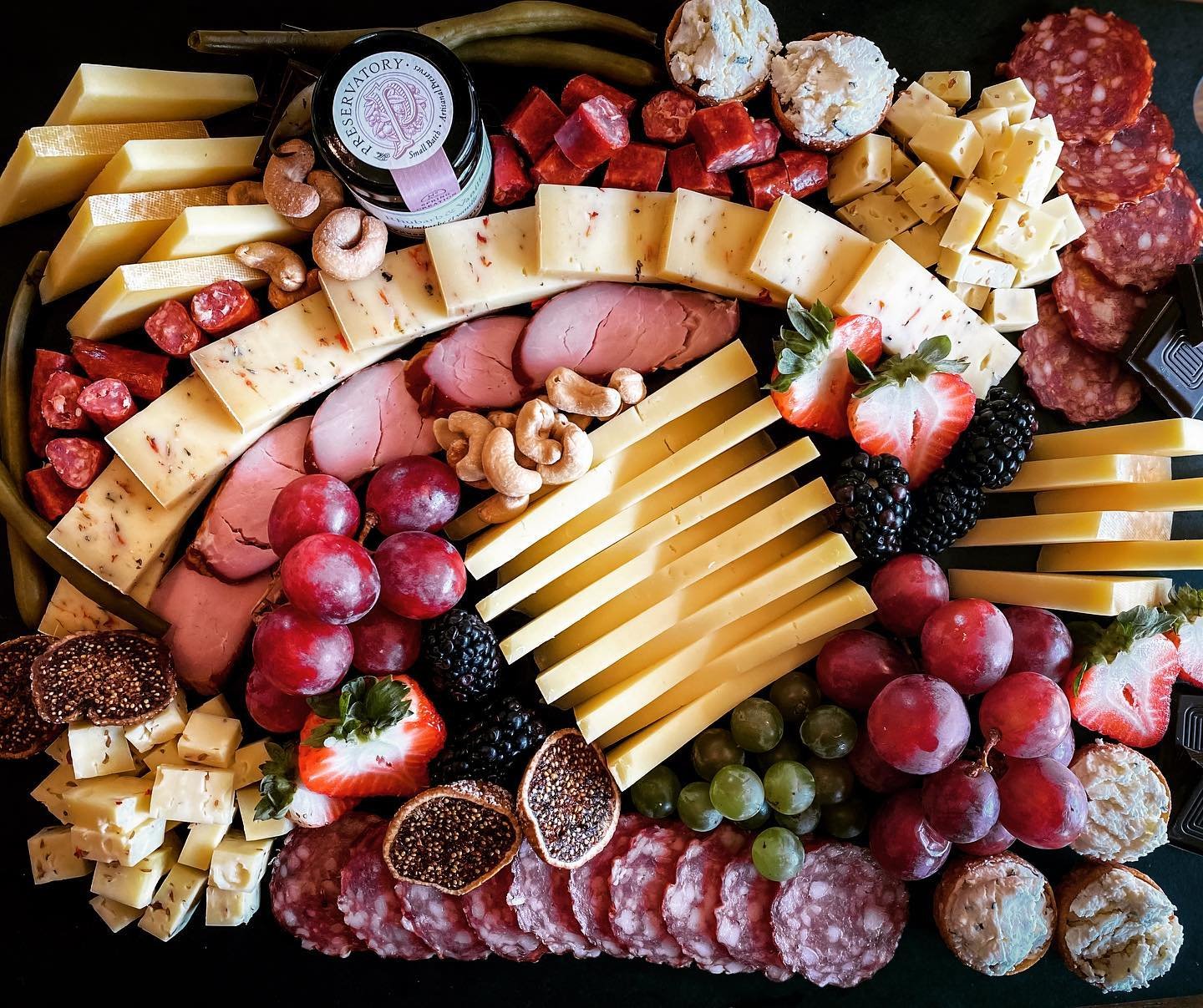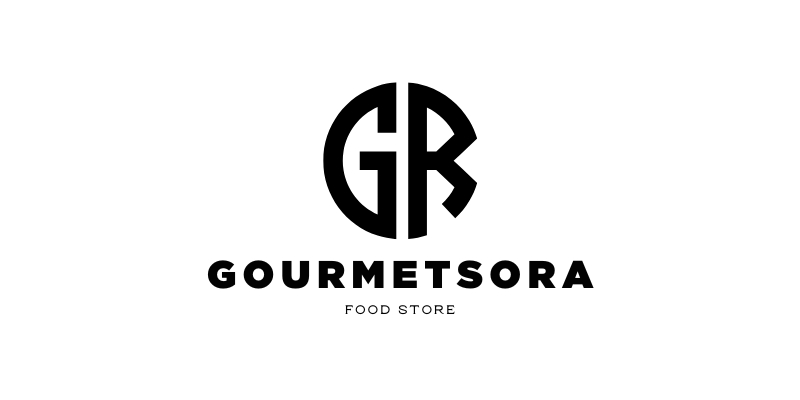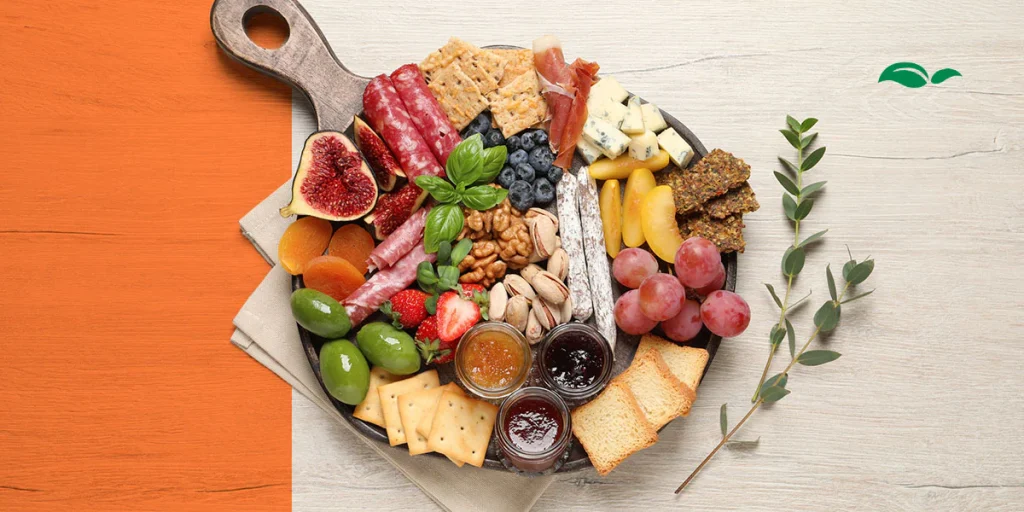Blog
How to Create a Charcuterie Board That Wows
A well-crafted charcuterie board is a showstopper at any gathering. Whether you’re hosting a holiday dinner, a casual get-together, or a special occasion, a beautifully arranged board with an array of flavors, textures, and colors can steal the spotlight. The beauty of a charcuterie board lies in its versatility—there are no strict rules, just endless possibilities to create an appealing and delicious spread.
In this guide, we’ll walk you through how to create a charcuterie board that will impress your guests and leave them coming back for more. From choosing the right ingredients to arranging them in a visually striking way, we’ll cover all the essential steps to help you design a charcuterie board that wows.
1. Understand the Basics of a Charcuterie Board
A charcuterie board traditionally features a selection of cured meats, but modern variations can include a diverse range of ingredients, from cheeses to fruits and dips. Here’s the breakdown of essential components to include:
- Cured Meats: The heart of a charcuterie board, with options like prosciutto, salami, chorizo, and capicola. Choose different textures and flavors to keep things interesting.
- Cheese: Offer a variety of textures and flavors—soft cheeses like brie, sharp cheeses like cheddar, and tangy options like goat cheese or blue cheese.
- Accoutrements: This includes items that balance the richness of the meats and cheeses, such as crackers, bread, and spreads.
- Fruits and Nuts: Add a touch of sweetness with fresh fruits (grapes, figs, apples) and balance with crunchy nuts like almonds, pistachios, or walnuts.
- Condiments: Include jams, honey, mustard, or pickles to complement the savory ingredients with sweetness or tang.

2. Choose a Variety of Meats
When selecting the meats for your charcuterie board, aim for variety in flavor and texture. Here are some great choices:
- Prosciutto: Thinly sliced and delicately salty, this Italian ham is a charcuterie favorite.
- Salami: With its bold, spicy flavors, salami adds depth to your board.
- Capicola: A flavorful Italian cold cut made from pork shoulder, offering a tender, slightly spicy taste.
- Chorizo: A cured Spanish sausage with a smoky, spicy kick that pairs well with mild cheeses.
- Soppressata: This dry-cured salami has a nice balance of spicy and savory flavors.
Arrange the meats by rolling or folding them in different shapes for a visually dynamic presentation. For an added touch, consider adding a meat variety that’s unique to the season or region, like smoked turkey or venison.
3. Pick the Right Cheeses
Cheese is the second most important element of a charcuterie board, and a well-balanced selection can elevate the entire spread. Choose a range of flavors and textures to complement your meats:
- Soft Cheese: Brie, camembert, or a triple-cream cheese provide a creamy texture and mild flavor.
- Firm Cheese: Aged cheddar, gouda, or manchego offer a sharper taste and firmer texture.
- Blue Cheese: For a bold contrast, add a blue cheese like Roquefort or gorgonzola, which delivers tangy, earthy flavors.
- Goat Cheese: Creamy and tangy, goat cheese is a great addition that pairs wonderfully with fruits like figs or apples.
Cut cheeses into wedges, cubes, or slices, and place them around the meats. Be sure to leave a cheese knife or spreader for soft cheeses to make them easier for guests to serve themselves.
4. Add a Variety of Fresh and Dried Fruits
Fruits add sweetness and freshness to your charcuterie board, balancing the richness of meats and cheeses. Choose a mix of fresh and dried fruits to create contrast:
- Fresh Fruits: Grapes, figs, apple slices, and berries all add refreshing pops of color and sweetness.
- Dried Fruits: Dried apricots, dates, and raisins can provide a chewy texture and concentrated sweetness that pairs perfectly with salty meats and tangy cheeses.
Arrange the fruits throughout the board, spacing them between meats and cheeses for visual appeal.
5. Include Crunchy Nuts and Seeds
Nuts are a great way to introduce texture to the charcuterie board. Their crunch balances the smoothness of cheese and the softness of fruits. Consider adding:
- Almonds: Slightly sweet and crunchy, almonds are a classic choice.
- Pistachios: Their bright green color adds a vibrant touch, and they’re a crowd favorite.
- Walnuts: Earthy and slightly bitter, walnuts pair well with cheese and fruits like figs or pears.
- Candied Nuts: For a touch of sweetness, try adding candied pecans or cinnamon-spiced almonds.
Arrange nuts around the board in small piles, making sure each guest has easy access.
6. Offer Flavorful Condiments and Spreads
Condiments can elevate the taste experience by offering sweetness, tanginess, or heat. Here are some great options to include:
- Honey: A drizzle of honey complements the saltiness of cheese and meats, especially with soft cheeses like goat cheese or brie.
- Mustard: Spicy or grainy mustard adds a tangy kick that pairs well with meats like salami or prosciutto.
- Olives: A mix of green and black olives adds briny flavor to balance the richness of the cheeses and meats.
- Pickles: Pickled vegetables, such as gherkins or pickled onions, introduce a refreshing crunch and tang.
Be sure to place small bowls or jars for condiments on the board, along with serving spoons or knives for easy access.

7. Choose the Right Base for Your Charcuterie Board
While you can certainly build your charcuterie spread on any surface, a beautiful base can elevate the presentation. Consider these options:
- Wooden Cutting Board: A classic choice for rustic charm and easy cleanup. Choose a large enough board to hold all your ingredients.
- Marble or Slate: These smooth, sleek surfaces offer a sophisticated touch and make the colors of the meats, cheeses, and fruits pop.
- Serving Platter: If you’re hosting a smaller gathering, a serving platter works just as well as a board.
Don’t be afraid to get creative with the base—a vintage tray, a large ceramic plate, or even a bamboo platter can add character to your presentation.
8. Arrange the Charcuterie Board Beautifully
Presentation is key when it comes to a charcuterie board. Here are some tips to make your arrangement as beautiful as it is delicious:
- Start with the Big Items: Begin by placing the cheeses and bowls of condiments. Arrange them at various points on the board, leaving space for the meats and other elements.
- Add the Meats: Fan out the slices of meats or fold them into small rolls to create texture and visual interest.
- Fill in with Fruits and Nuts: Scatter the fruits and nuts around the board, filling in empty spaces and creating color contrast.
- Keep It Balanced: Ensure that the board is balanced both in terms of flavor and visual appeal. Don’t overcrowd one area—distribute ingredients evenly.
- Garnish for Extra Flair: Fresh herbs like rosemary or thyme can add a pop of green and a fragrant touch. Edible flowers or sprigs of rosemary also make for beautiful garnishes.
9. Pair with Wine or Beverages
To complete your charcuterie experience, pair the board with complementary drinks. Wine is a classic pairing, but you can also serve beer, cider, or non-alcoholic beverages. Here are some wine pairing suggestions:
- Red Wine: Bold reds like Cabernet Sauvignon or Merlot pair well with aged cheeses and cured meats.
- White Wine: Light whites like Sauvignon Blanc or Chardonnay complement soft cheeses and fresh fruits.
- Sparkling Wine: Prosecco or Champagne works well with salty meats like prosciutto and sharp cheeses.
10. Pro Tips for a Perfect Charcuterie Board
- Prepare in Advance: To save time on the day of your event, prep your ingredients ahead of time, including slicing meats, cutting cheeses, and washing fruits.
- Go Seasonal: Incorporate seasonal ingredients to make your board fresh and relevant to the time of year.
- Don’t Overcrowd: Allow each element on the board to shine by not overpacking it with ingredients. You want your guests to easily reach everything.
Conclusion
Creating a charcuterie board that wows is all about striking the right balance between flavors, textures, and presentation. By selecting a variety of meats, cheeses, fruits, nuts, and condiments, and arranging them thoughtfully, you can create an impressive spread that will be the star of your gathering. Whether you’re hosting an elegant dinner or a casual gathering, a well-executed charcuterie board is sure to leave a lasting impression.
So, gather your ingredients, unleash your creativity, and get ready to impress your guests with a charcuterie board that not only looks stunning but tastes amazing too!


